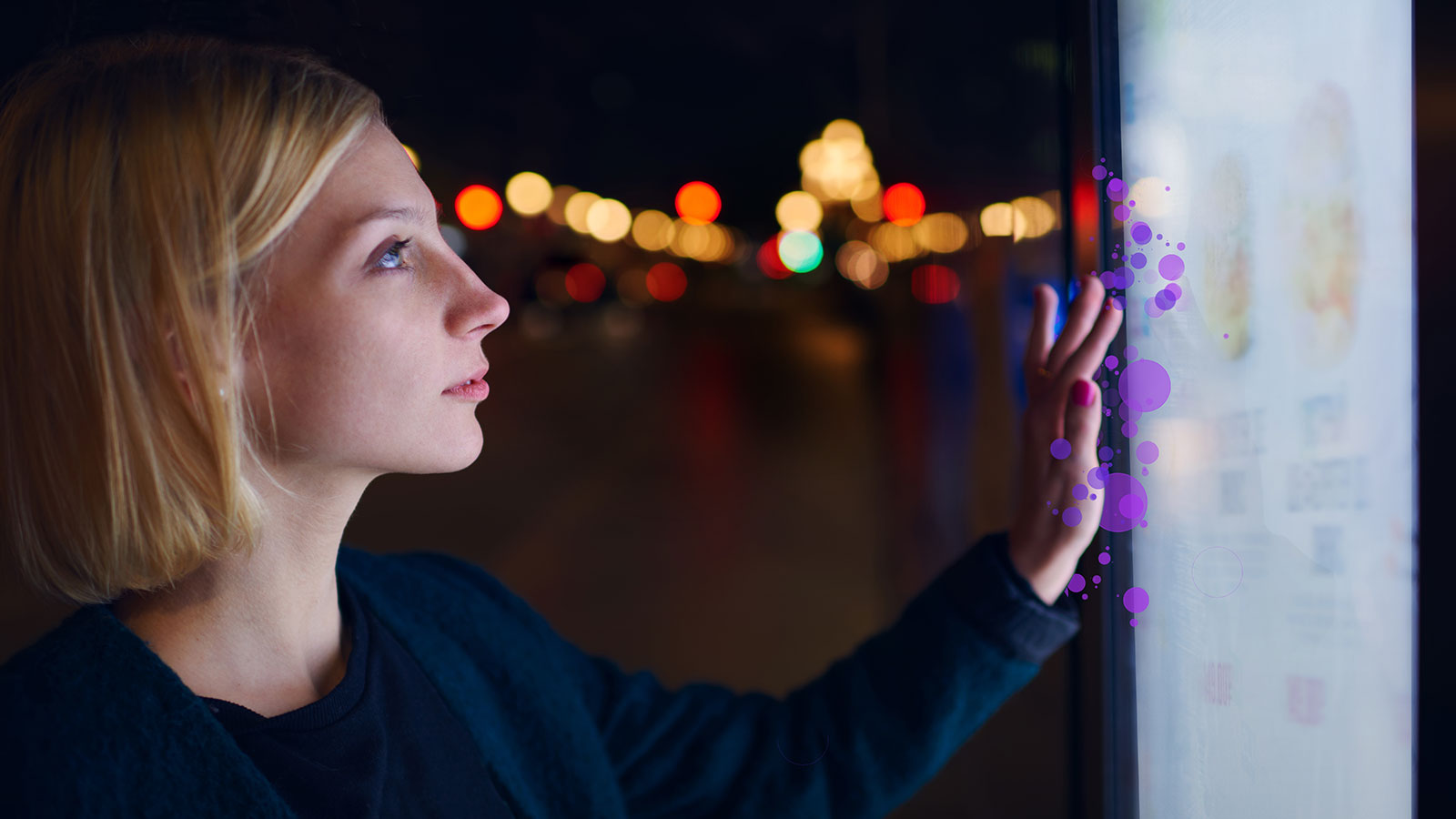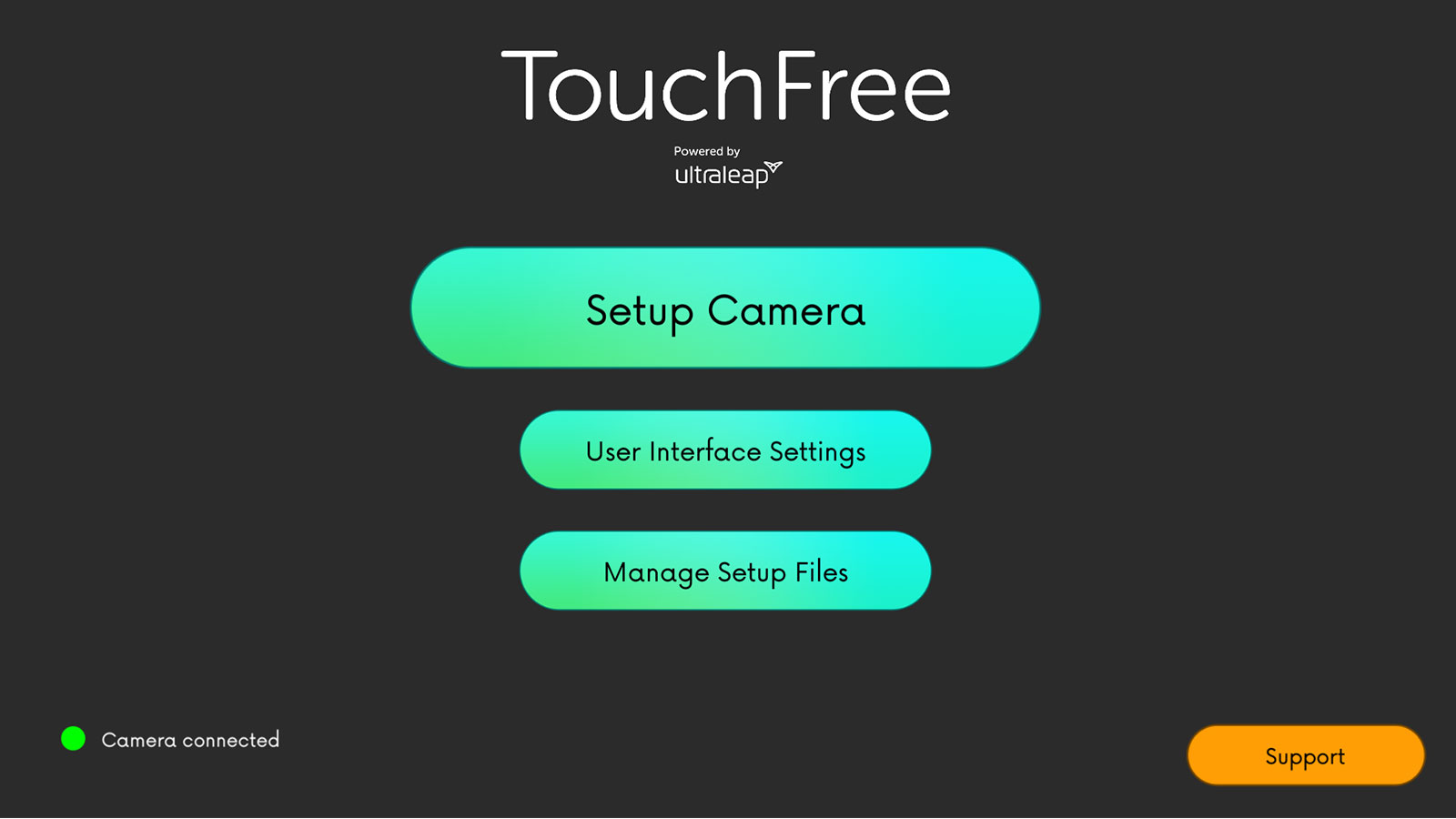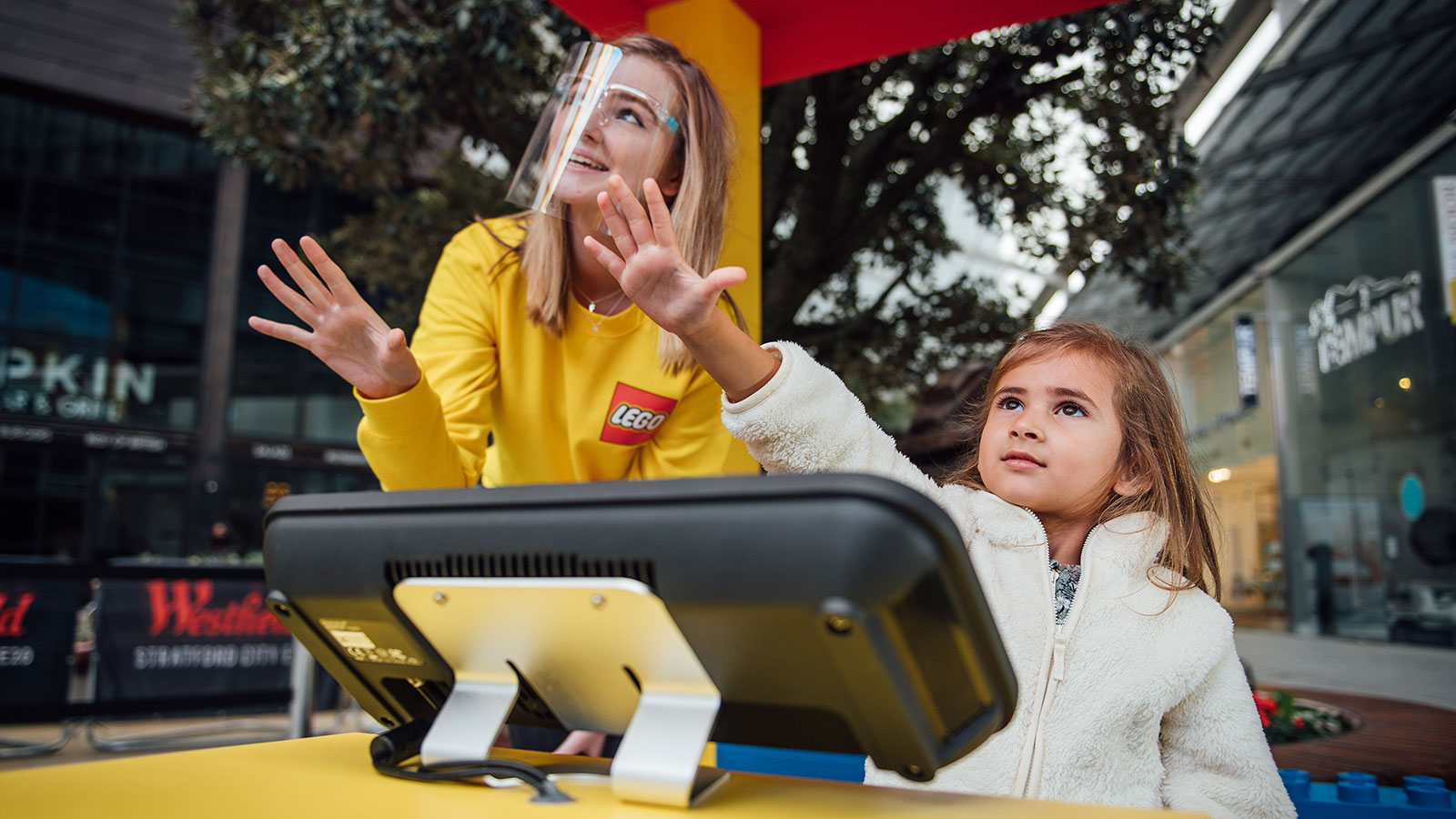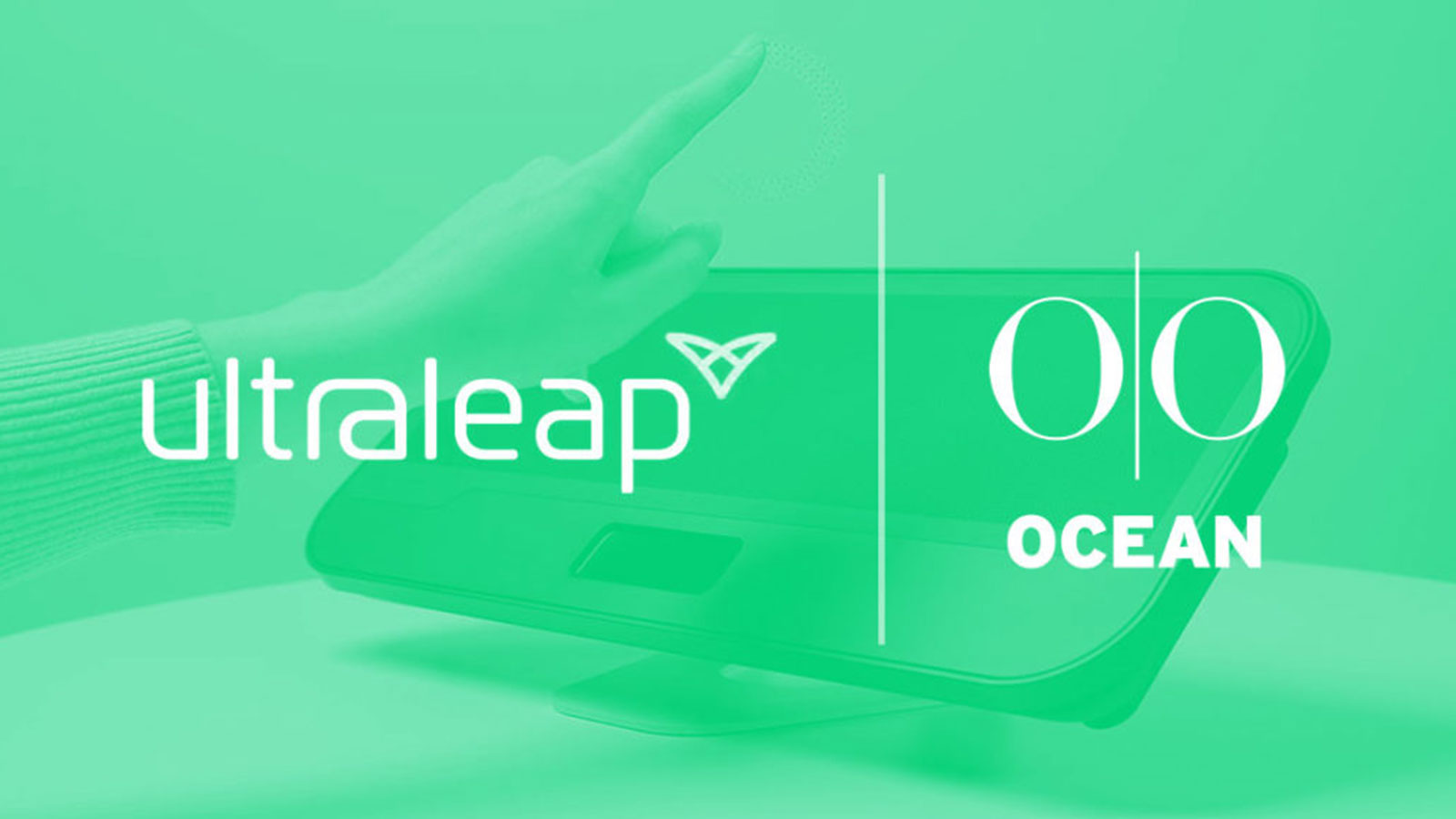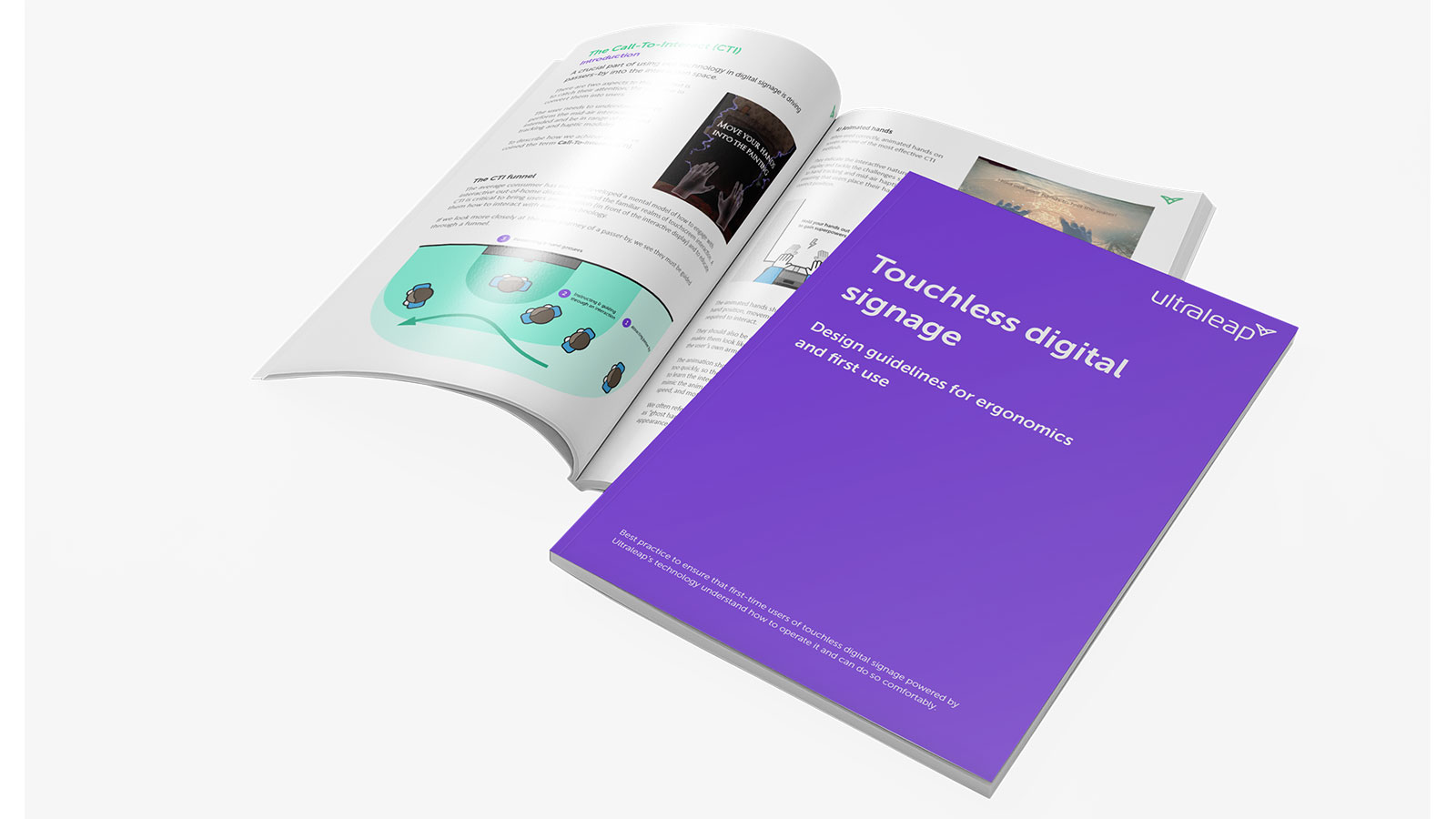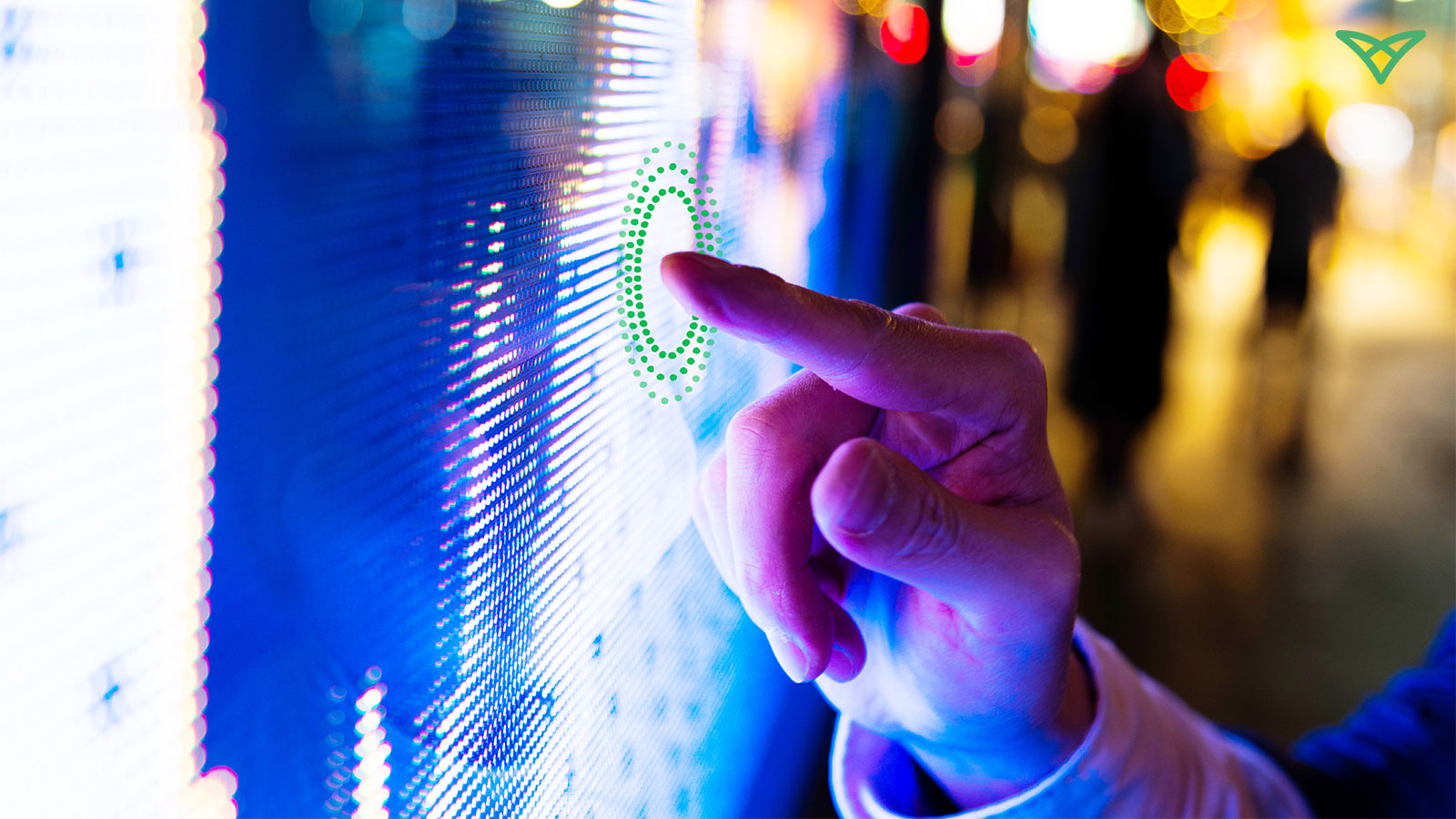
What do Consumers Want Instead of Touchscreens?
Posted; August 5, 2020
Both Ultraleap’s and other companies’ research show consumers are now very wary of public touchscreens. But if people don’t want to touch screens, how do they want to interact instead? Our research in a fast-food restaurant (QSR) setting found consumers of all ages want smart touchless solutions that don’t require a trade-off between safety and customer experience. Saurabh Gupta, Director of Out-of-Home Product at Ultraleap, explores the results.
In the post-pandemic world, consumers are extremely wary of public touchscreens. While the jury is still out on the exact scale of the risk posed by surfaces in relation to COVID-19, the changes in consumer perception and behaviour are real – and likely to be lasting.
It’s clear that, to attract consumers back and retain them, retailers, venues, and brands need to explore alternative solutions to touchscreens. Self-serve kiosks and interactive digital out-of-home need to evolve to serve what the EY Future Consumer Index recently termed the “anxious consumer.” Choice is no longer just about quality, price, convenience, or customer experience, but also about risk.
But if wary consumers don’t want to use touchscreens, how do they want to interact?
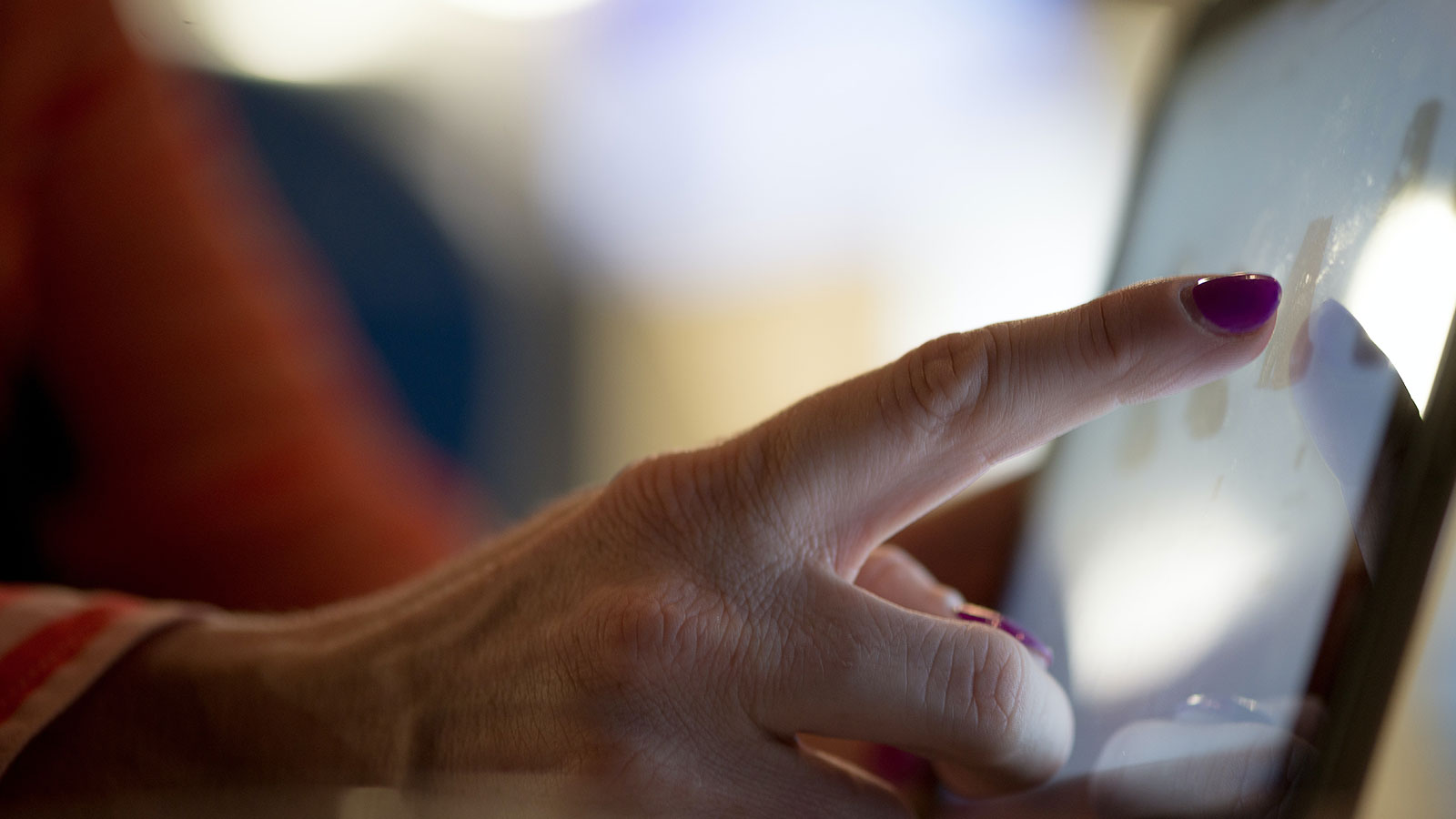
How do consumers want to interact in a fast-food restaurant (QSR) setting?
We asked over 500 survey participants in the US and UK to imagine they were in a public place, such as a food court at a shopping mall. They could choose how to order and pay for a meal from:
- Touchless gesture control powered by Ultraleap’s hand tracking
- Touchscreen
- Go to counter
- Mobile app / Second screen
The survey compared two contact methods (touchscreen and go to counter) with two touchless methods (mobile app and touchless gesture control). We asked our participants what their first and second preferences would be.
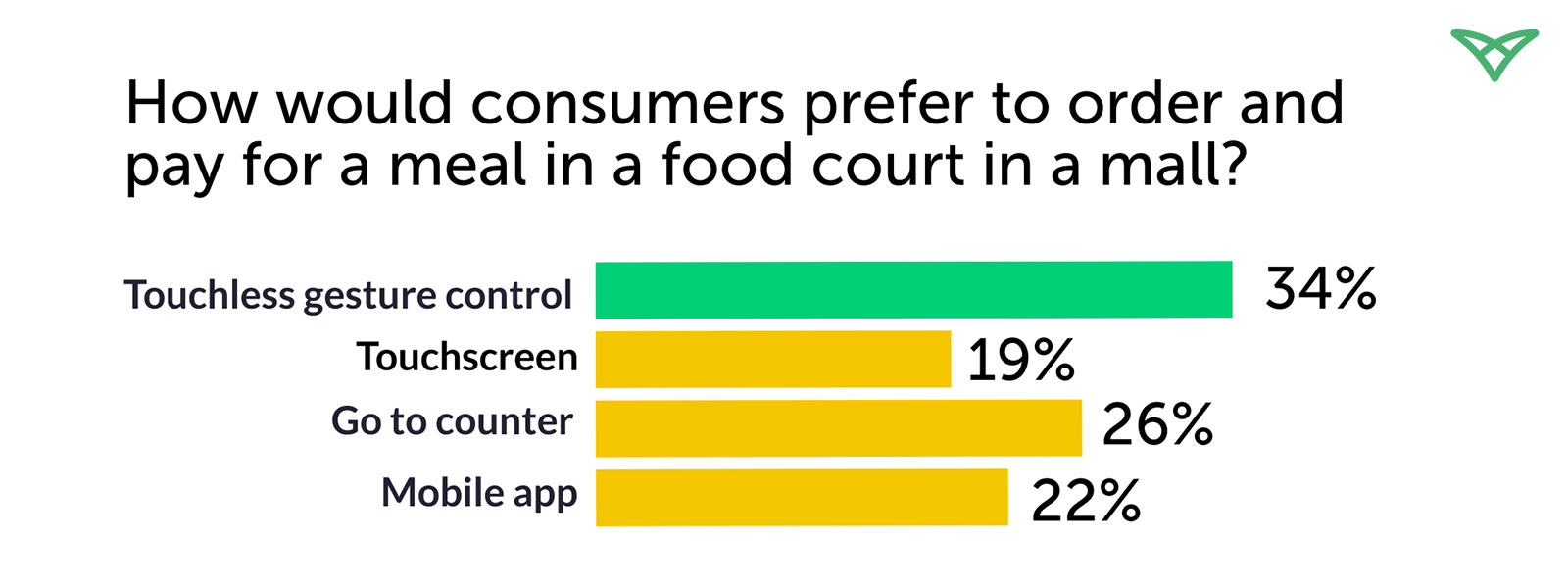
Averaging the data across first and second preferences, touchless gesture control was the number one choice. People were 55% more likely to choose touchless gesture control than a mobile app. They were 79% more likely to choose touchless gesture control than a touchscreen.
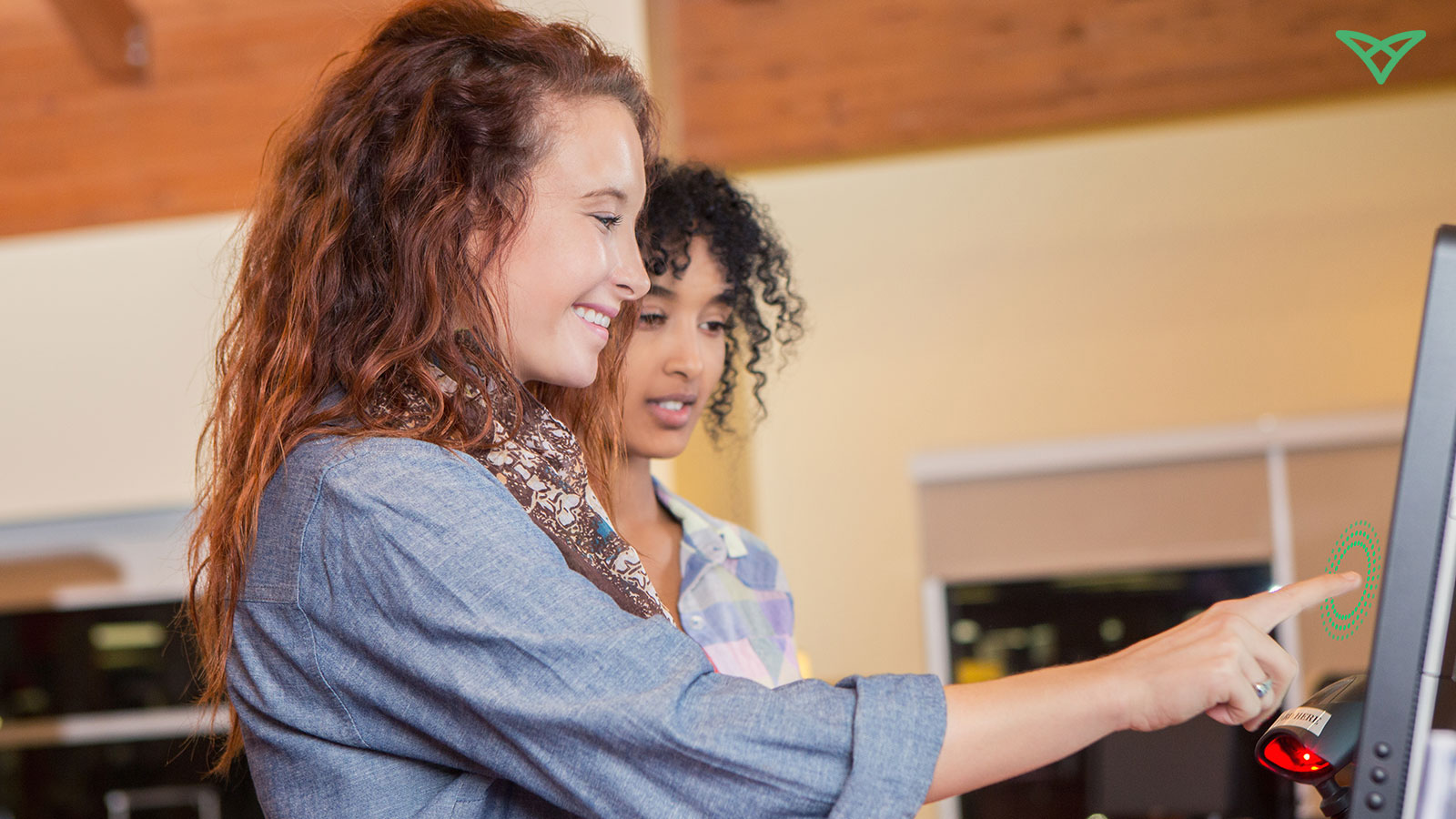
Why do consumers find touchless gesture control appealing?
In other parts of our survey, 82% of participants told us they thought touchless gesture control was hygienic. But there were other reasons for their preference in a restaurant as well.
People told us touchless gesture control was also appealing because of its apparent ease of use, convenience, and the fact it was “cool modern technology.” This suggests that while hygiene is certainly a factor, the appeal of touchless solutions is actually far broader than this.
Why are consumers resistant to using mobile apps as an alternative to touchscreens?
Despite COVID-19, on average people would still prefer to go to the counter than use a mobile app (26% compared to 22%). They also only prefer mobile apps over touchscreens by a very small margin (22% versus 19%)
Our participants clearly appreciated the hygiene benefits of using a second screen. (“Touching my own equipment I know nobody else has touched reassures me that I will not be infected,” said one.) However, they also felt it created friction in the purchase journey.
Let’s delve into this a little more. Most participants had never encountered touchless gesture control before, while they probably all had smartphones. Yet they still preferred, and by a large margin, touchless gesture control over a mobile app.
Consumers talked about mobile apps in functional terms. However, touchless gesture control was viewed by many as an exciting, futuristic technology they would positively like to try out.
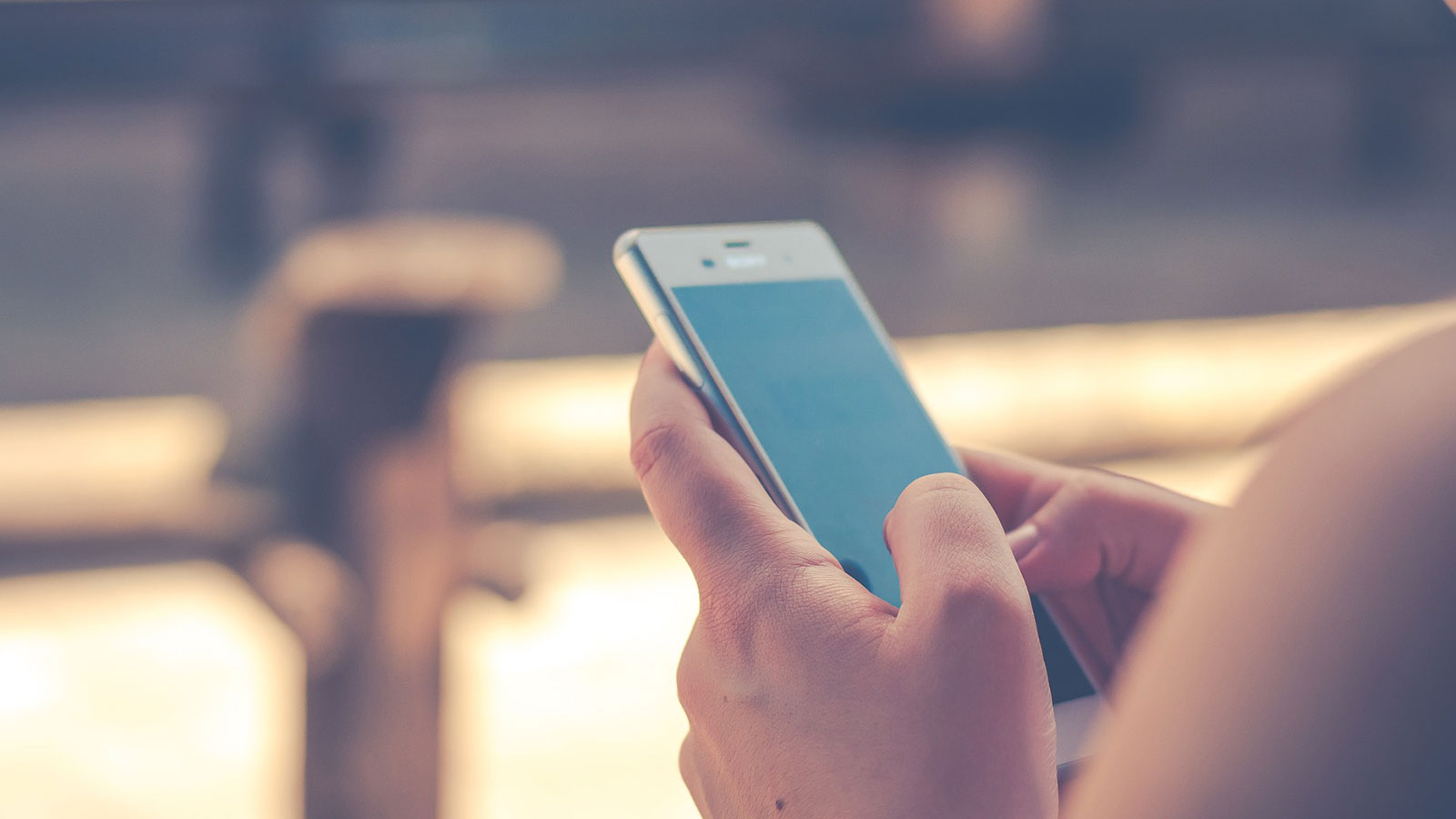
What do older consumers think of touchless gesture control?
This was particularly striking in older age ranges. Despite the fact COVID-19 is more dangerous for older people, only 18% of the over-60s would choose to use a mobile app as their first or second choice (and only 5% as their first choice). “I don't like having to use a small phone screen and mobile app to order anything,” one participant in this age group told us.
Over-60s, however, were remarkably open to the idea of touchless gesture control. 27% selected it as their first choice and 34% selected it as their second choice. It’s easy to assume that older people are less willing to embrace new technology. Our study suggests that with the right technology, this is not always the case.
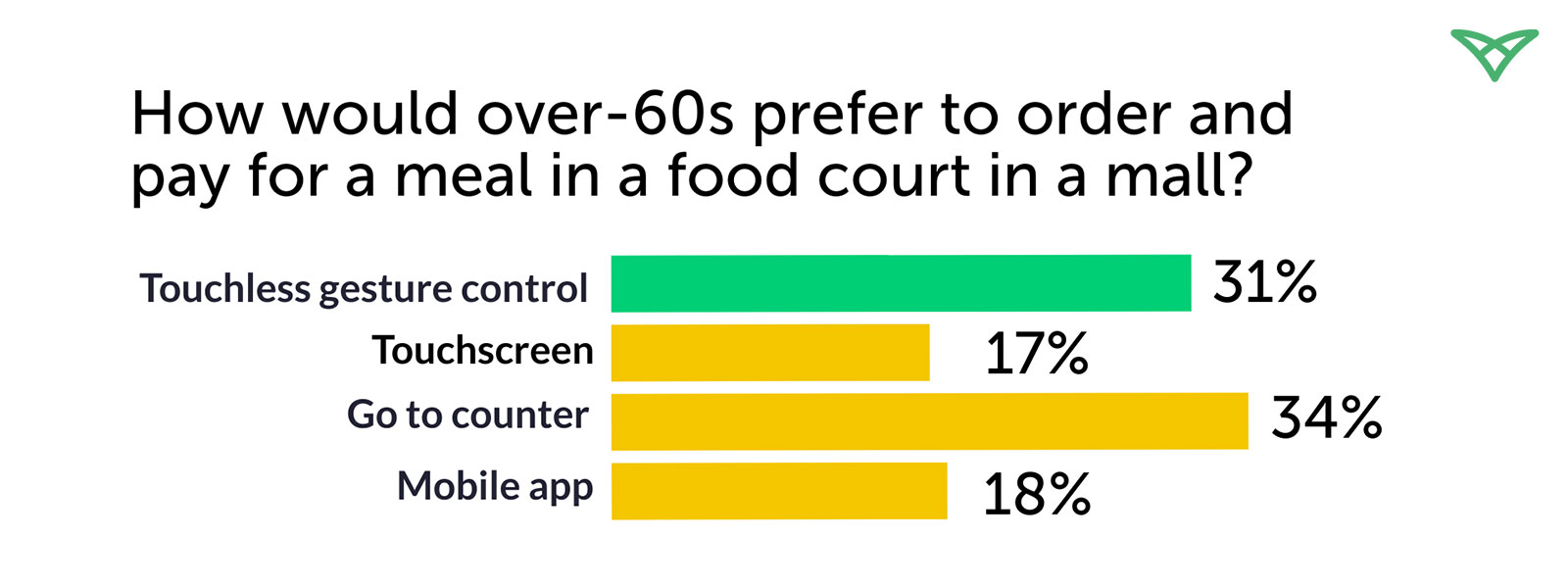
The takeaway? Consumers want smart, intentional solutions that don’t require a trade-off between safety and customer experience.
Hygiene matters to consumers more than ever – but speed, efficiency, ease of use, and customer experience are still important. A surprisingly large number of people in our survey still preferred, despite the pandemic, to go to the counter. “I still prefer face-to-face interactions” one participant told us, and another said, “it’s nice to connect with a human.”
Our research shows that while managing risk is important to consumers, they also won’t accept poorer customer experiences purely for the sake of minimizing risk. Brands, operators, and retailers who recognize this and put in place intentional, smart touchless technology that makes people want to come to stores will thrive in the post-pandemic world.
Saurabh Gupta leads Product and Commercial Strategy for the out-of-home sector for Ultraleap.
Notes on methodology
538 participants recruited through SurveyMonkey in the US and UK. The survey had two sections, one answering questions about touchscreens and the same questions after about Ultraleap. The survey progressed from open-ended unprompted questions to more directed questions, finally providing a specific scenario (the restaurant setting explored above). There was a range of types of questions to elicit quantitative comparisons for stats and open-ended questions to uncover attitudes and further insights. Importantly, at the start of each section, participants were asked to watch a video (either a touchscreen or Ultraleap). They were asked to describe what was going on in the video and then specifically answered the question wrong or each condition was removed from the data analysis so we were confident that the conditions were understood.
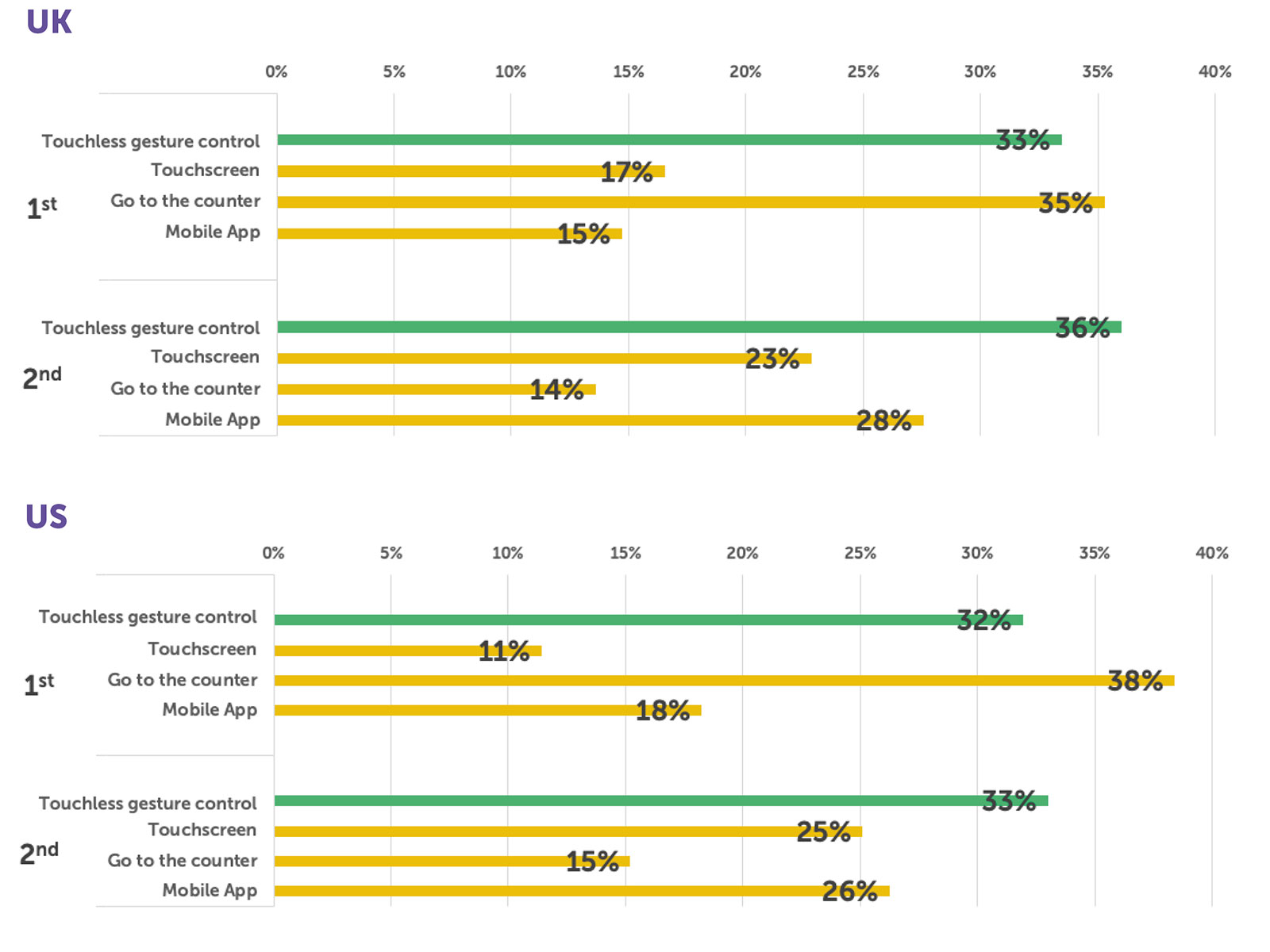
For more information and a full analysis of the results, see our full study report or contact Ultraleap.
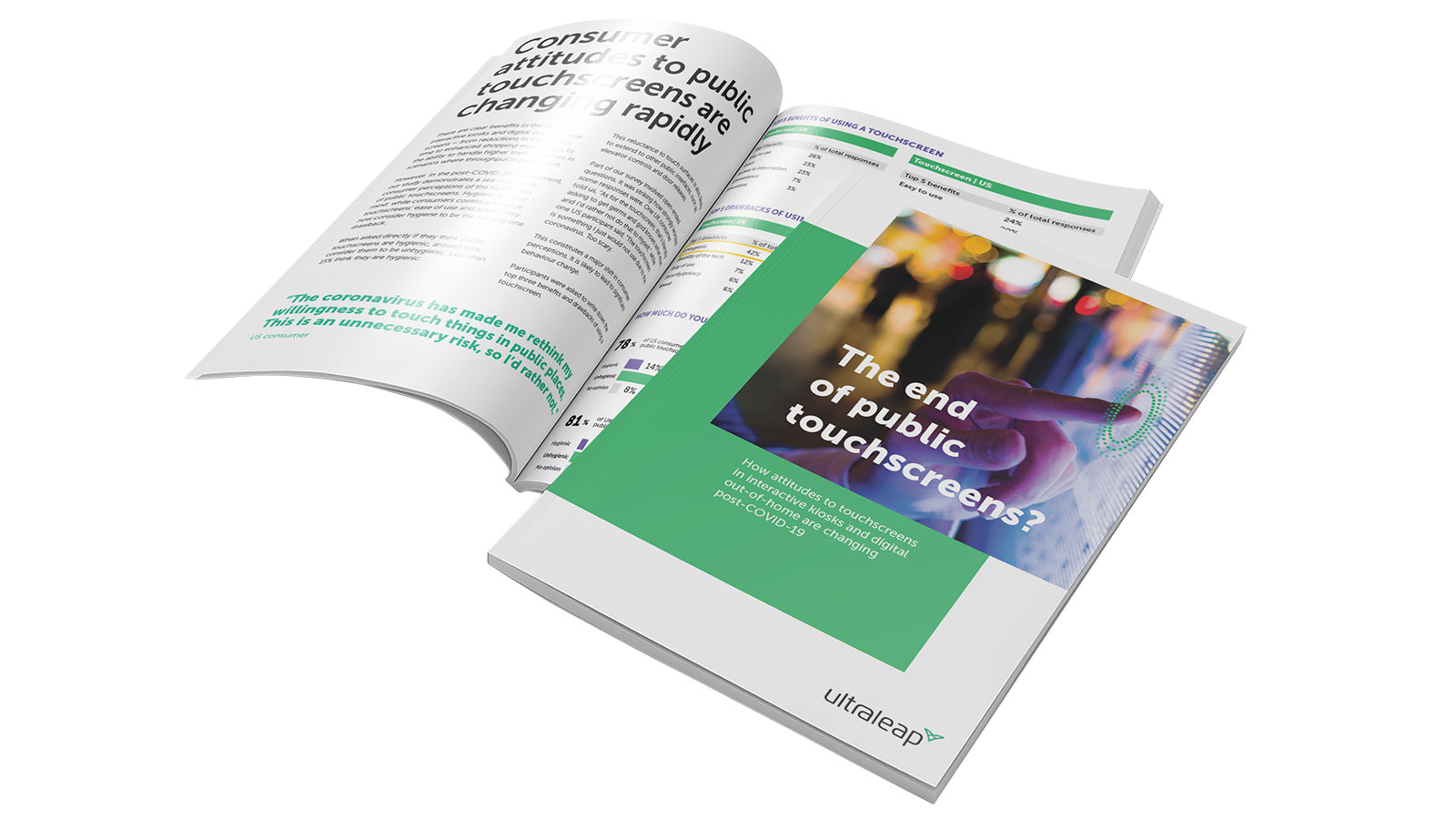
The End of Public Touchscreens? [Study]
Ready to move beyond?
Explore our blogs, whitepapers and case studies to find out more.

